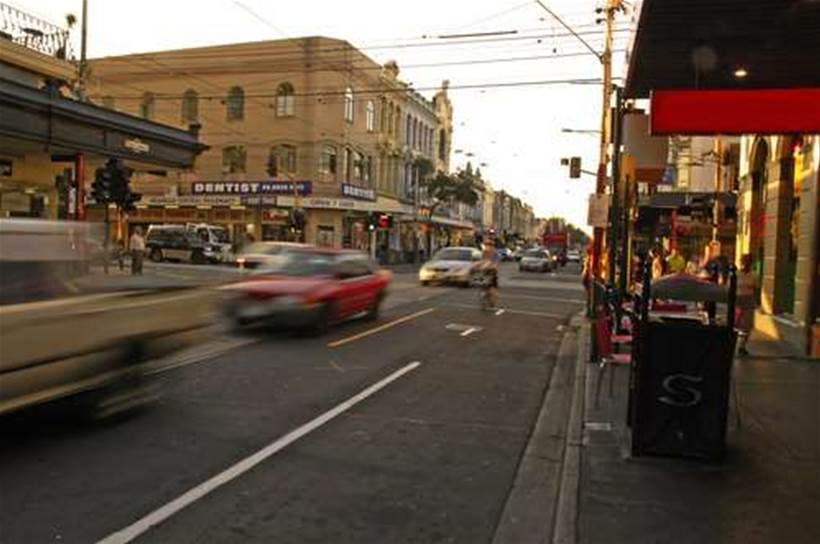The City of Melbourne is working with a newly-launched RMIT centre to make better use of sensor data for pedestrian and traffic management.
The project is one of a number being worked on by a new Centre for Information Discovery and Data Analytics (CIDDA) at RMIT that will focus, among other things, on IoT analytics.
The pedestrian traffic project uses "historical records of pedestrian counts captured with thermal and laser-based sensors installed at multiple locations throughout the city", according to an academic paper.
The model that was produced is "capable of accurately predicting pedestrian numbers up to 16 days in advance," the researchers said.
CIDDA was officially launched today and brings together “a team of leading researchers in human-driven data science”, the university said.
Specifically on its IoT analytics focus, the centre will focus on what can be done using data collected from “sensors, smartphones, wireless infrastructures, UAV / drones, IoT, location-based social networks, and moving objects (vehicles, airplanes).”
The centre expects its work to be applied in domains including “smart cities, smart buildings, smart parking, intelligent transportation systems, and intelligent assistants.”
CIDDA director, Associate Professor J. Shane Culpepper, said manipulating and finding useful information in massive volumes of complex data increasingly presents challenges for individuals and organisations.
"Governments, businesses and not-for-profits all gather electronic data daily, some on a small scale but many of them in large volumes, and this is only set to increase, “ Culpepper said.
“But most of us don't know what to do with all of the data because data analytics is not their primary purpose. Our primary goal is to partner with these organisations and help transform data into knowledge.”







